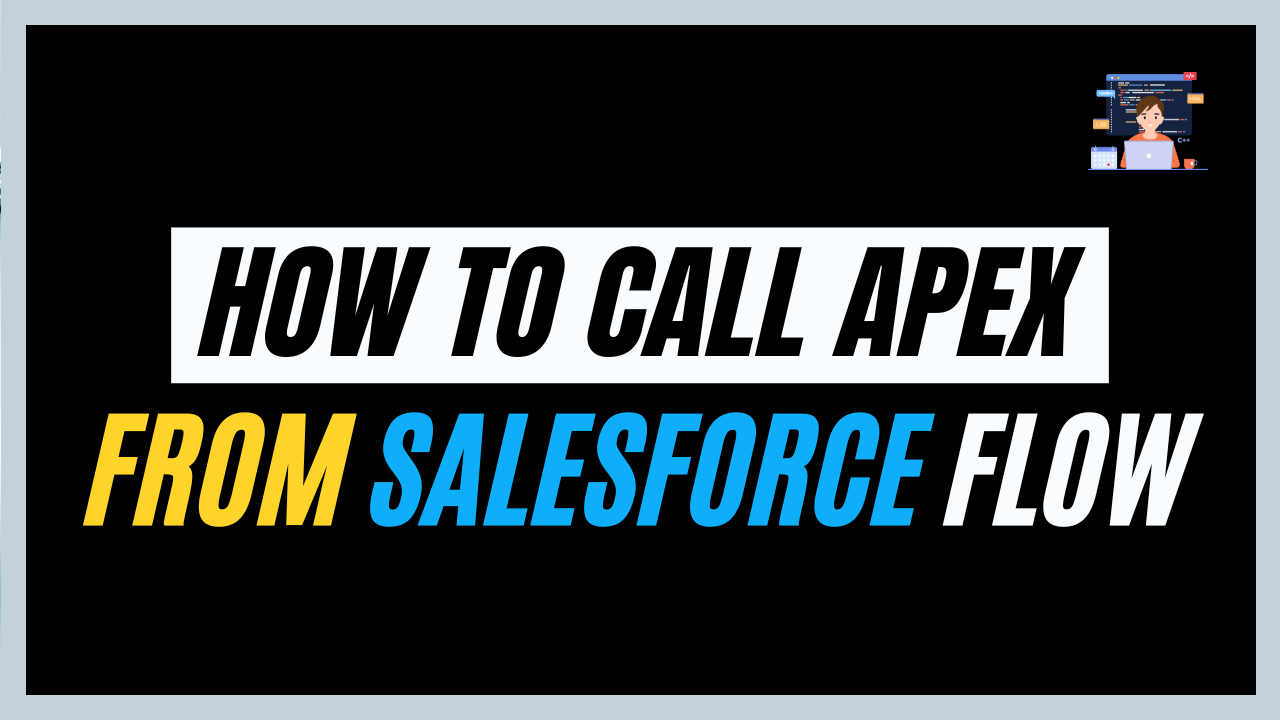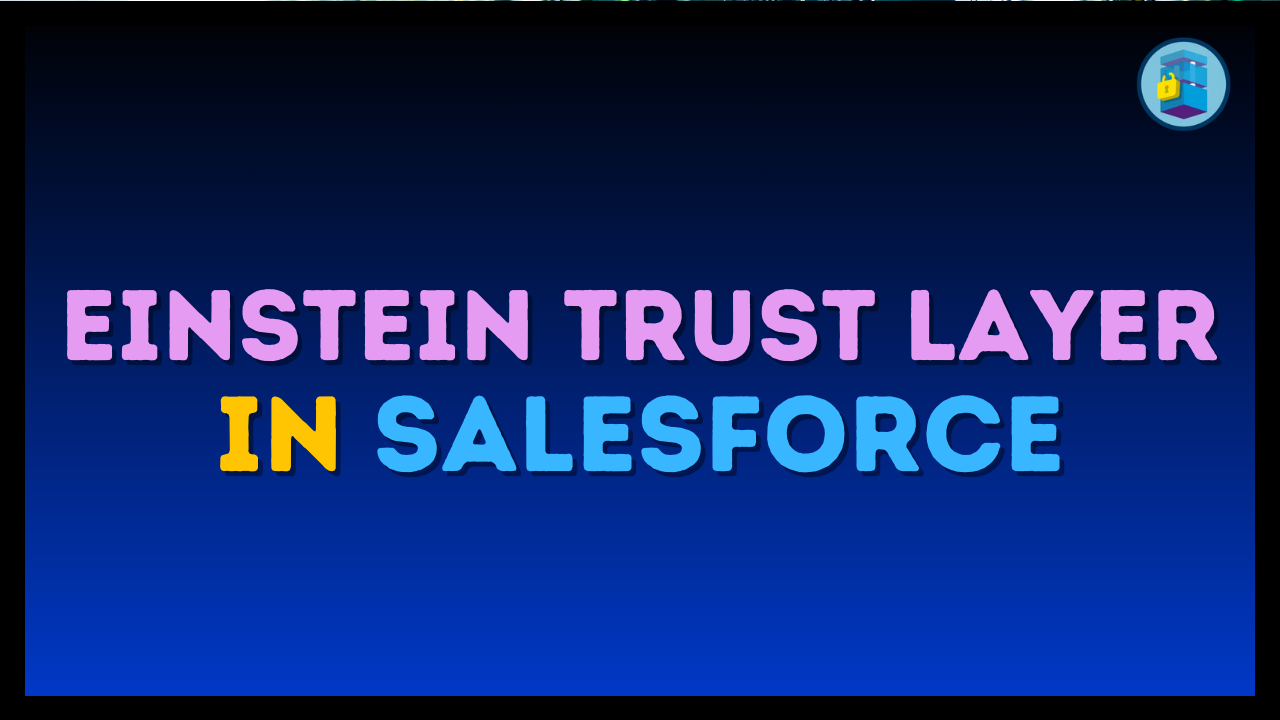Are you tired of creating documents manually, especially those that are used over and over again? Do you want to boost your team’s efficiency and productivity? Then automated document generation can be the game-changer your business has been looking for.
What is automated document generation?
Automated document generation is the process of creating documents using software tools rather than manually crafting them from scratch. This process will save time and decrease errors because it streamlines and automates the creation of different types of documents, such as contracts, reports, invoices, proposals, and many more.
Automated document generation works by using predefined templates and data inputs, along with merging fields and incorporated logic and rules. The software tool uses these templates and data inputs to generate documents. For instance, if you have to create a contract, you can use a template that contains all the necessary information, such as names, dates, and terms. The tool can then use this template to generate a contract by filling in the merge fields with the relevant data.
Automating document generation in Salesforce can significantly improve your team’s productivity, efficiency, and accuracy. You no longer have to worry about manually creating documents, which can be time-consuming and error-prone. Instead, you can use automated document generation to create documents quickly and accurately.
Native Salesforce Tools for Document Generation
The following are native tools for Salesforce document generation:
Document Templates
Salesforce built-in templates let you pre-design standard documents. You can then attach them to records and merge data automatically using merge fields.
Process Builder
This easy-to-use drag-and-drop tool lets you create workflows that are triggered by specific Salesforce events (for instance, when closing a deal). You can configure the process builder to generate documents, such as quotes or contracts, based on certain criteria or events in Salesforce.
While Process Builder is still accessible and functional in Salesforce for now, it’s important to note that Salesforce is in the process of retiring it and moving towards the more feature-rich functionality of Flow.
Flow Builder
Use this powerful tool for visual workflow automation. You can configure Flows to generate documents based on various criteria, trigger logic branches, and send documents for e-signature. Flow Builder offers far more powerful features and logic options compared to Process Builder.
Third-Party Apps
Nintex Drawloop DocGen
This popular no-code solution offers drag-and-drop document generation. It seamlessly integrates with Salesforce and lets you automate document creation for contracts, proposals, etc.
Formstack Documents for Salesforce
This app offers features like pre-built templates, custom document builders, and e-signature integration. It allows you to generate and send documents directly from Salesforce records.
Titan
This 5-starred tool simplifies document generation for Salesforce without requiring any coding skills. It has dynamic forms, robust document generation, and secured e-signature options. It is fully compliant with HIPAA, SOC 2, ISO, GDPR, and other leading frameworks and is 100% secure.
With this drag-and-drop tool, you can easily build custom contracts, proposals, quotes, and invoices directly from Salesforce in just a few minutes and without any coding required. With Titan, you put a swift end to manual paperwork and effortlessly optimize your documentation management process.
Use Titan’s Document Generation system to read any field from any object or report in Salesforce and display it in any format. You can also add interactive capabilities to write data directly from your document to any object in Salesforce. Work with standard or custom objects and any data structure you choose; the possibilities are infinite.
You can also map barcodes and QR codes from your PDF, DOCX, HTML or PNG documents to Salesforce for paperless payments, invoices, order processing, and transactions. You can do this statically or dynamically depending on your business needs with Titan’s document generation for Salesforce.
You can store generated documents in a wide variety of locations, such as Titan’s secure server or your Salesforce Cloud. It also integrates with Google Drive, Box, Dropbox, OneDrive, and other third-party applications.
In summary, Titans’ tool offers limitless Salesforce Doc Gen capabilities.
Choosing the Right Option
The best solution depends on your needs and technical expertise. For simple automation, native Salesforce tools could be sufficient. However, for complex workflows or specific document needs, third-party solution providers, such as Titan, offer more flexibility and features.
Consider the following key components when looking for the ideal third-party option:
- Dynamic templates: The foundation of generated documents lies in the predefined layouts or formats. These templates should include placeholders for dynamic data that will be populated during the document generation process. Ensure that template creation and management are easily done.
- Seamless data access: The interactive placeholders in the templates can be mapped to relevant information or data inputs from Salesforce. This will enable you to dynamically retrieve customer information from custom or standard objects (such as leads, contacts, accounts, and opportunities) to the generated document.
- Automatic logic: Make sure that rules and workflows based on specific events in Salesforce, like a new lead creation, deal closure, or any custom-defined criteria, can trigger when and how the document is generated.
- Document generation options: A good tool will give you the flexibility to generate documents in various output formats (PDF, Word, Excel, etc.) for different business needs. A tool that offers e-signature integration is a definite winner.
- Security and compliance: Be sure that the data retrieved from Salesforce is handled securely and complies with data privacy regulations (like GDPR and HIPAA). Look for features like access control, document sharing, co-editing, and password protection.
- Usability: An intuitive interface with minimal to no coding requirements is essential for user adoption. The tool should be user-friendly enough for non-technical users to create and manage document templates.
- Scalability: Choose a tool that can handle your current document volume and also adapt to future growth. Scalability ensures smooth performance as your Salesforce usage increases.
- Customization options: Look for a tool that offers customization options that will adapt to your specific document needs. This should include custom branding, data mapping, and integration with other applications.
- Cost: Consider the pricing model and licensing options offered by the tool. Ensure it aligns with your budget and usage needs.
- Support and training: Adequate support resources and training materials are crucial for successful implementation and user adoption. This maximizes the return on investment by optimizing the use of features and functionalities, reducing downtime, and improving efficiency.
Streamline your documentation generation process and enhance your team’s productivity with an automated tool that seamlessly integrates with your Salesforce environment. By automating document generation in Salesforce, you can simplify complex document generation tasks, reduce errors, and improve accuracy. Consider your needs and explore the available options to find the solution that best fits your business! Whether you’re a small business owner or a large enterprise, automating document generation can be a game-changer for your productivity and accuracy.



